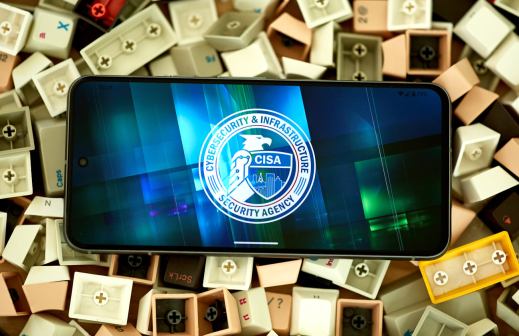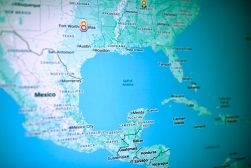Internet of Things set to boom, but adoption may be bumpy
In the next five years, the Internet of Things is expected to see tremendous vertical-focused growth, according to an International Data Corporation study released today. But while new technologies will drive cost savings, efficiencies and market growth, that doesn’t mean it will be a completely smooth ride getting there.
IDC Senior Research Analyst Scott Tiazkun led the charge on the inaugural “United States Internet of Things Spending Guide by Vertical Market,” a report he said takes a “bottom-up research approach.” Instead of taking a look at the overall economic impact of the Internet of Things, IDC “decided to look at what the IoT opportunity is by vertical industry, by use case,” Tiazkun said.
In eight different industries — retail, health care, government and manufacturing, among others — and several use cases within each of those, IDC found a large growth across the board calculating four components integral to the new technology: hardware costs, service costs, software costs and telecom costs.
For now, the scope of the use cases was limited to those IDC saw with the biggest potential for growth in the five-year period. Within the government vertical, Tiazkun and his colleagues focused on four uses: automated public transit, infrastructure and asset management, environmental monitoring detection and public safety and emergency response. But of course, as IoT grows, so will its capacity to transform different industries, so the selection of uses in this first study are just a few of perhaps many.
Specifically, though, health care Internet of Things applications had the biggest growth forecast through 2018. Remote health monitoring — telehealth — has the biggest potential of the 29 uses addressed in the study, scheduled to increase from $8.2 billion in 2014 to more than $12.4 billion in 2018, a five-year compound annual growth rate of 10.4 percent.
Many verticals benefit from already having elements of an IoT infrastructure, though they weren’t always realized as such. Tiazkun referenced Progressive’s Snapshot — drivers install the device in their car to monitor driving for reduced insurance rates — as one example. Not initially thought of as an Internet of Things device, he said the small gadget is exactly that.
“Some industries already have IoT solutions; they just haven’t been marketed like that yet,” Tiazkun said. “Some industries are further along, they just don’t know it.”
For each and every Internet of Things application, there’s one common thread, Tiazkun said: “using technology to automate processes.” With that, cost savings and efficiency will drive market growth, and certain industries will see unique results. Health care, for example, will benefit also from a “reduction of fatal medical errors,” Tiazkun said. Government will see a reduction in human error through automation, IDC predicts, and the biggest growth in Internet of Things use cases within the public sector should be in public safety.
But besides the huge potential for growth across the board, Tiazkun illuminated the fact that “the Internet of Things promises to address many business processes, but it doesn’t necessarily mean its not going to be a bumpy ride to get there.” Those looking to leverage the interconnectivity of devices regardless of industry shouldn’t expect it to be one simple purchase. There are also regulatory hurdles yet to be overcome, not to mention some of the technology’s creepier aspects.
“There’s many components in play,” Tiazkun said. And though the Internet of Things should in the long run make life easier, it means people will need to be better educated and the IT more complex to keep up with it.






